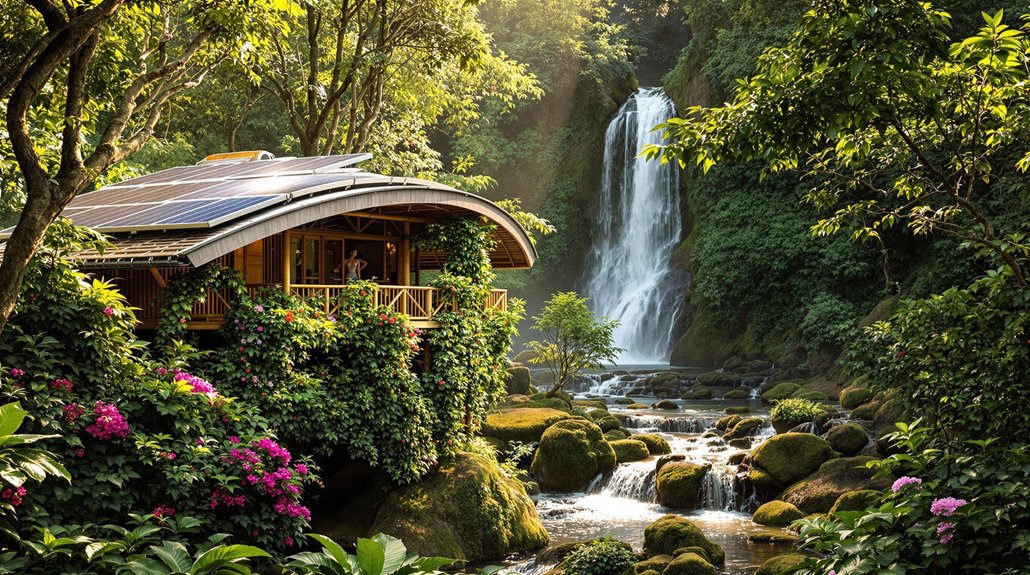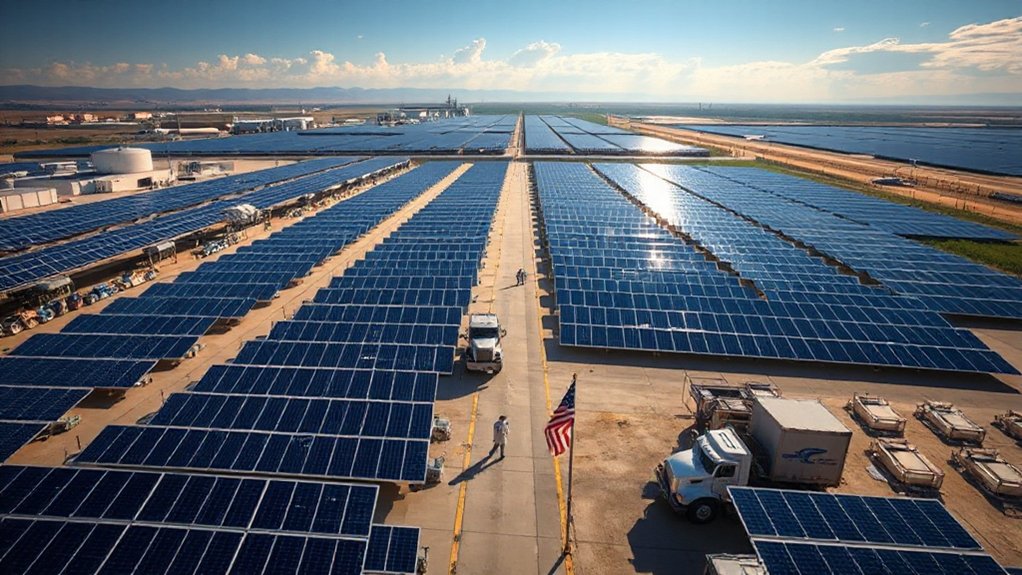Sustainable tourism isn’t just another eco-buzzword – it’s revolutionizing how we travel. This approach balances environmental protection with local economic benefits, unlike traditional tourism’s grab-and-go model. It creates real jobs, preserves cultural heritage, and actually keeps profits in local communities. Modern technology helps track visitor impacts and manage resources effectively. From renewable energy to indigenous rights protection, sustainable tourism proves that responsible travel doesn’t mean boring travel – there’s much more to explore.

While mass tourism continues to strain popular destinations worldwide, sustainable tourism has emerged as a powerful antidote to overtourism‘s destructive impact. It’s not just about taking pretty pictures and buying cheap souvenirs anymore – this new approach tackles everything from carbon emissions to cultural preservation, and yes, it actually works.
The environmental benefits are pretty obvious. Less waste dumped in oceans, fewer trees chopped down for tacky resorts, and more protection for local wildlife. But here’s the kicker – sustainable tourism isn’t just about hugging trees. Tourism contributes 7.6 percent of GDP globally each year while leaving a substantial environmental footprint. It’s creating real jobs and pumping money into local economies, instead of letting foreign corporations pocket all the profits. Who knew being responsible could actually pay off? The shift to renewable energy sources in tourism facilities demonstrates real environmental commitment. The industry’s transition to clean energy helps create a sustainable future while reducing dependence on fossil fuels.
Sustainable tourism proves going green isn’t just good for the planet – it’s smart business that keeps profits local where they belong.
Local communities are finally getting their fair share of the tourism pie. Fair wages, better working conditions, and actual respect for indigenous rights – imagine that. It’s amazing what happens when tourism operators stop treating destinations like their personal playground and start considering the people who’ve lived there for generations.
Smart technology is revolutionizing how we travel. Digital tools track visitor numbers, manage resources, and even create virtual experiences for those times when real-world visits might be too much for fragile sites. Gone are the days of showing up somewhere and hoping for the best – now we’ve got data to back up decisions.
Governments are finally getting their act together too. New policies and regulations are popping up everywhere, forcing the industry to clean up its act. Certification programs separate the genuine sustainable operators from the greenwashing pretenders. And partnerships between different stakeholders? They’re making sure everyone’s on the same page.
The bottom line is simple: sustainable tourism isn’t some hippie pipe dream anymore. It’s a sophisticated approach that balances environmental conservation, economic benefits, and social equity. Sure, it might mean fewer midnight pool parties in ancient temples, but maybe that’s not such a bad thing. After all, destinations are homes first and tourist attractions second.









